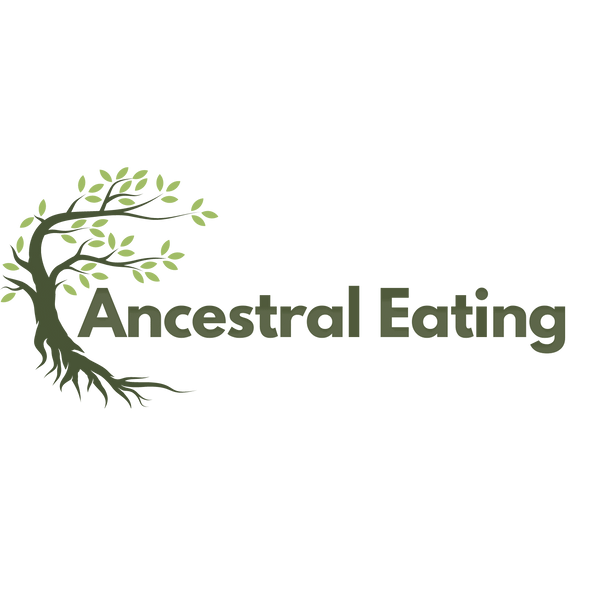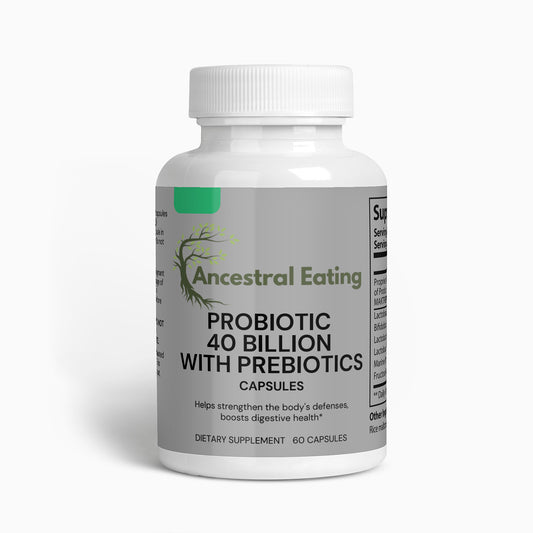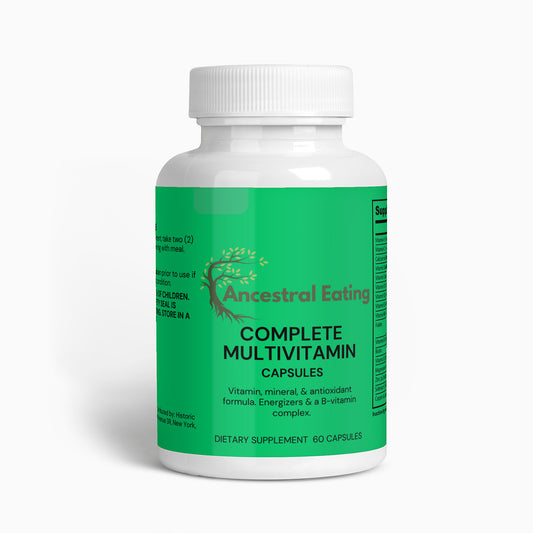The food culture of Papua New Guinea is shaped by its diverse geography, rich biodiversity, and the traditional lifestyles of its various indigenous communities. Over the past 500 years, the diet has largely remained centered around local produce and traditional methods of cooking, although there has been some influence from colonial powers and more recently, globalization. Here's a look at the kinds of foods that have been consumed in Papua New Guinea over this period:
Indigenous Influence
- Root Crops: Taro and sweet potatoes are staple foods, often grown in small-scale gardens.
- Sago: This starchy substance extracted from the pith of certain palm trees is a key source of carbohydrates in lowland areas.
- Bananas and Plantains: Consumed in various forms, including fried, boiled, or mashed.
- Leafy Greens: Various indigenous plants and leaves are consumed as greens, often cooked in earth ovens or boiled.
- Coconut: Used in cooking and as a source of oil.
- Fruits: Local fruits like guava, pawpaw (papaya), and pineapple are consumed.
- Pork: In the Highlands, pigs are highly valued and are often the centerpiece of ceremonial feasts.
Seafood
- Fish: Given its coastal geography, seafood is a significant part of the diet in many areas.
- Shellfish: Mussels, clams, and other shellfish are commonly consumed.
- Crustaceans: Crabs and lobsters are also part of the diet in coastal areas.
Colonial and Foreign Influence
- Rice: Introduced during the colonial period and has become a staple for some, though it's more common in urban areas.
- Canned Foods: Canned fish and meat have become more common but are generally considered inferior to fresh produce.
- Tea and Coffee: Introduced by colonial powers and now significant cash crops, these beverages have become part of local consumption.
Traditional Cooking Methods
- Mumu or Mumu: An earth oven technique where food is cooked over hot stones covered with banana leaves and soil.
- Smoking: Fish and meat are often smoked for preservation.
- Boiling and Steaming: Common methods for preparing vegetables and root crops.
Modern Additions
- Processed Foods: With globalization and urbanization, processed foods like noodles, biscuits, and soda have become more common, particularly in cities.
- Vegetables: Introduced vegetables like cabbage, carrots, and tomatoes are now grown locally and are part of the diet.
- Poultry and Beef: Commercially raised chicken and beef have become more common, particularly in urban areas.
Beverages
- Coconut Milk: Used both as a drink and in cooking.
- Fruit Juices: Freshly squeezed juices from local fruits.
The traditional foods of Papua New Guinea are diverse and vary significantly across its different regions, reflecting the country's rich cultural diversity and abundant natural resources. Over the past 500 years, while the core of the diet has remained traditional, there has been some influence from outside cultures and modern processed foods.






